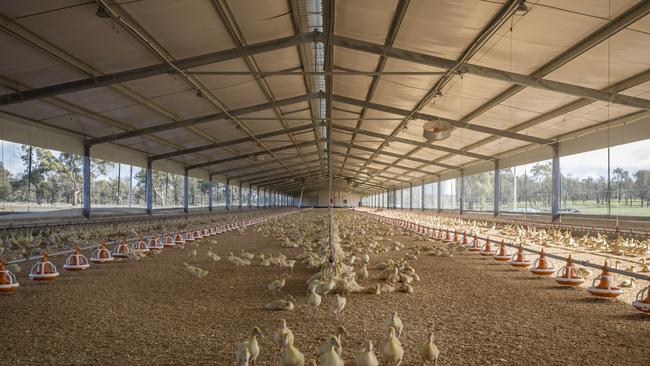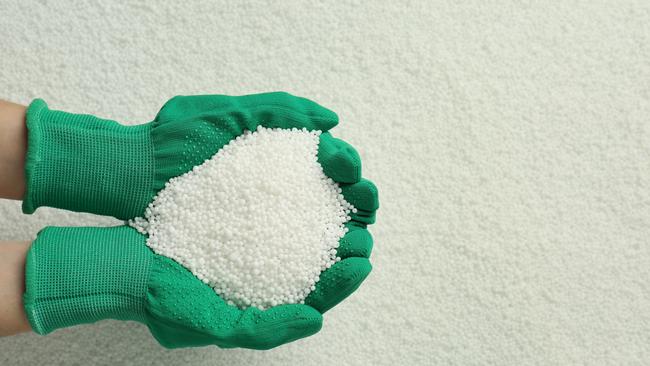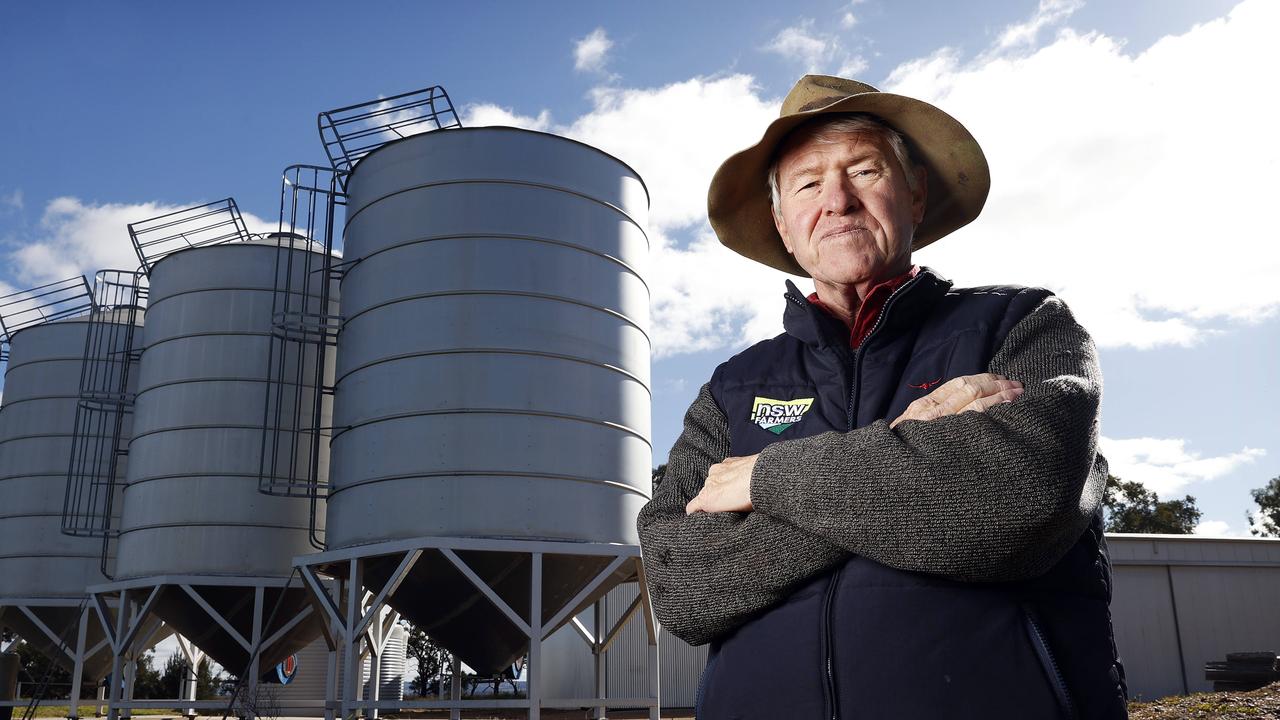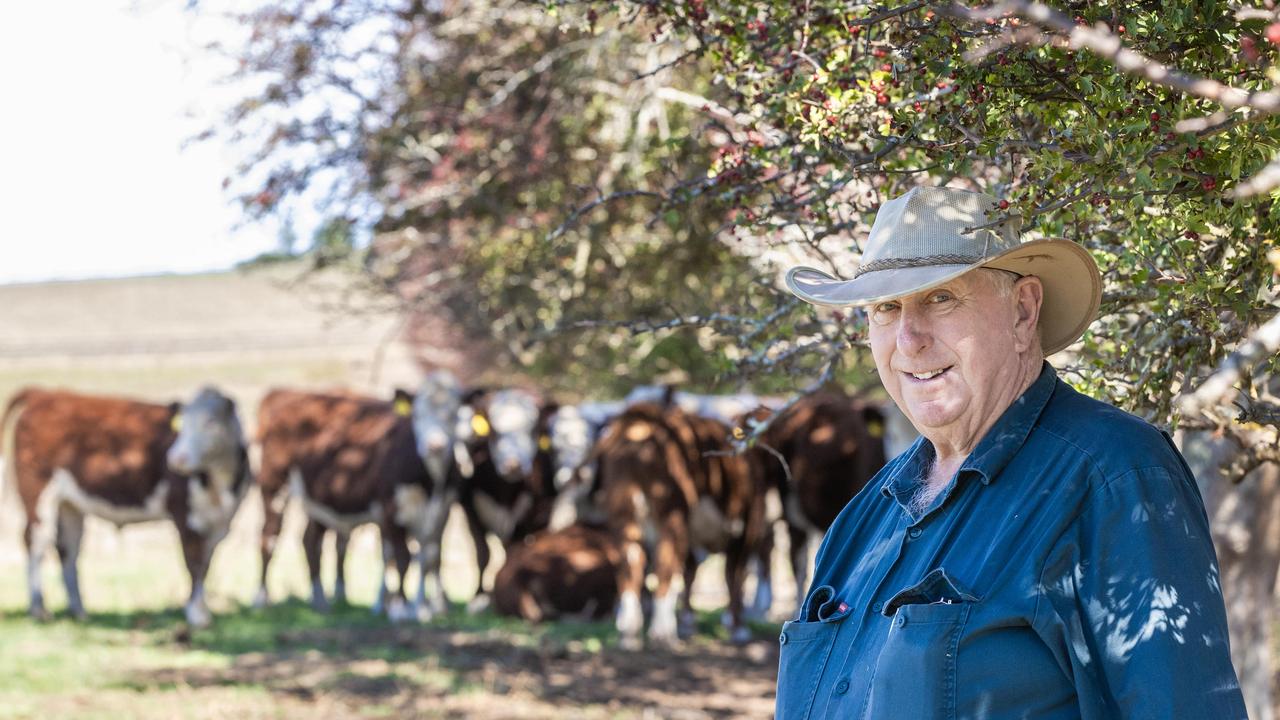Dairy farmers concerned over electricity reliability, affordability
Australia’s energy malaise has left dairy farmers concerned about the reliability and affordability of power, with other ag sectors fearing the same.

Australia’s energy malaise has left dairy farmers concerned about the reliability and affordability of power in the coming months.
The Australian Energy Market Operator suspended the entire wholesale electricity market on Wednesday last week to prevent further supply shortfalls and blackout risks along the eastern seaboard.
It was the first time the market regulator had taken such an action with Federal Energy Minister Chris Bowen backing the extraordinary intervention.
United Dairyfarmers of Victoria vice president Mark Billing said many aspects along the milk supply chain would be jeopardised in the event of widespread blackouts.
“There’s the milking process itself, the milk in the vats. The cooling, pasteurisation process and other production elements (in factories) and then transportation to retailers,” he said.
“The threat of huge losses, by farmers and processors, is real. It appears there’s more control over the situation, thankfully, than a few days ago but yes, it’s a big concern for the whole dairy industry.”

Rising input costs have dominated discussion in the dairy sector in recent weeks, just as farmers look to the season ahead with opening prices released.
Last week, Bega was the latest to increase its opening offer, breaking through the $9/kg milk solids barrier. Several smaller players had already passed the $9/kg milestone in recent weeks.
Mr Billing said the strong opening prices were welcome given galloping input costs.
“It’s not just electricity bills. Diesel is well over $2 a litre here in Colac and the costs with fertiliser are well known,” the Colac-region farmer said.
“As is the case with many businesses now, we’re having to adjust to a high inflation environment. That’s something processors have to deal with too and ultimately that will need to be reflected at the retail level.”
What high gas and electricity prices mean for agriculture
Record high energy prices are affecting farmers and regional businesses and could have long-term consequences for regional industries, experts say.
While the energy regulator has capped gas prices and suspended the national electricity spot marketin an attempt to rein in surging costs and supply chaos, bills could remain high for months, with producers in the process of renegotiating energy contracts hit particularly hard.
From food prices to fertiliser production and the renewables transition, see how agriculture is being affected.
Price of some foods to go up, and farmers who can’t pass on costs will struggle
Farmers say they will be forced to pass on high energy prices to consumers, while farmers unable to pass on the extra costs will struggle.
Duck producer Luv-a-duck, which operates eight sites across Victoria and employs 270 people plus contractors, has had an almost fourfold increase in its electricity bill at one site.
Luv-a-duck chief executive James Thompson said the electricity bill for a new manufacturing site at Ballarat had increased from an average of about $35,000 a month to $119,000 for his most recent bill.
Mr Thompson, who has lodged a complaint with his provider and the energy ombudsman over the increased charges, said he would likely have no option but to pass the costs on.
“At the end of the day, these increases will have to be passed on to consumers,” he said.
Mr Thompson said he could lose some customers as a result.
“What tends to happen is people substitute out of premium proteins (like duck) into a lower cost proteins like chicken,” he said.
“Hopefully we will remain competitive as a premium protein in the market.”

Meanwhile, chicken farmers say they will struggle to pass their increased costs on to the consumer.
A Northern Wimmera free-range chicken farmer, who asked not to be named for commercial reasons, said the cost of gas to run his chicken sheds had gone up by $46,000 a year, the equivalent of about four cents a bird.
“It’s unbelievable. It’s a lot of money, and that’s just the cost of gas,” he said.
The farmer said the cost of other raw materials like grain had also increased and he would struggle to pass the higher cost on to consumers.
He said he was assessing the viability of using daytime solar to heat water, which could be used to keep sheds warm overnight, but the change could take two years.

High prices slowing transition to renewables
Primary producers and regional manufacturers say skyrocketing energy prices are hampering their transition away from traditional fuels and towards renewable energy, as their companies enter rocky financial territory.
In the Victorian town of Maryborough, commercial bakery True Foods wants to reduce its reliance on gas, but says high prices are slowing it down.
True Foods was already struggling with record high grain prices when it faced the prospect of renegotiating its gas contract this month.
“We’re in the worst possible time to be recontracting for gas. The small number of suppliers that remain (in the market) are in the driver’s seat at the moment,” True Foods director and co-owner Mark Thurlow said.
“We’re forced back to market currently paying about $40 to $50 per gigajoule, where 12 months ago we were paying about $7.50 per gigajoule.”

The manufacturer, which is the largest private employer in the town of 8500, has been forced to put a major renewable energy project on hold to keep its budget in balance.
True Foods already runs a 1.25 megawatt solar farm and was working on a project to convert its waste into gas through biodigesters before gas prices surged, Mr Thurlow said.
“The extra gas costs to us will be close to $1 million (over an 18-month period). And so suddenly, your ability to fund those larger projects is diminished,” he said.
Mr Thurlow said the company, which supplies its products to major supermarkets, competes for contracts against companies in Asia and the United States, and could lose business as a result of its increased cost of production.
“If we lose significant contracts over the shorter term, then the viability of being able to transition away from gas is impacted,” Mr Thurlow said.
High prices impacting domestic fertiliser production
High gas prices are already impacting major Australian fertiliser manufacturing projects, but there could be new projects in the pipeline, experts say.
In November last year, Incitec Pivot Limited announced it would close its Brisbane-based Gibson Island manufacturing plant, citing an inability to secure an affordable long-term gas supply.
The plant, which has operated for 50 years, is due to close in December.
Speaking at the Fertilizer Australia conference in Darwin last week, Argus fertiliser industry analyst Andrea Valentini said Australia’s domestic supply of nitrogen fertilisers was likely to decline in future, but imports should remain stable.

“We know that some of the domestic nitrogen supply might decline in the future. Does that mean that the Australian market is going to be more vulnerable to import flows? Right now, we don’t really see any major issues,” Mr Valentini said.
“For urea, Australia mostly depends on the Middle East and southeast Asia for imports and that’s not been disrupted.”
Fertilizer Australia’s chief executive Stephen Annells told the Fertilizer Australia conference there was “a great deal of possibility” around local manufacturing of fertilisers and there were potential potash, phosphate and nitrogen projects emerging around the country.
Oil and gas exploration company Strike Energy is moving ahead with plans to develop its $3 billion Project Haber urea manufacturing facility in Western Australia.
The company announced this month it planned to relocate the project from Geraldton to Three Springs to remove the need to build a gas pipeline and reduce its capital cost by $100 million.




